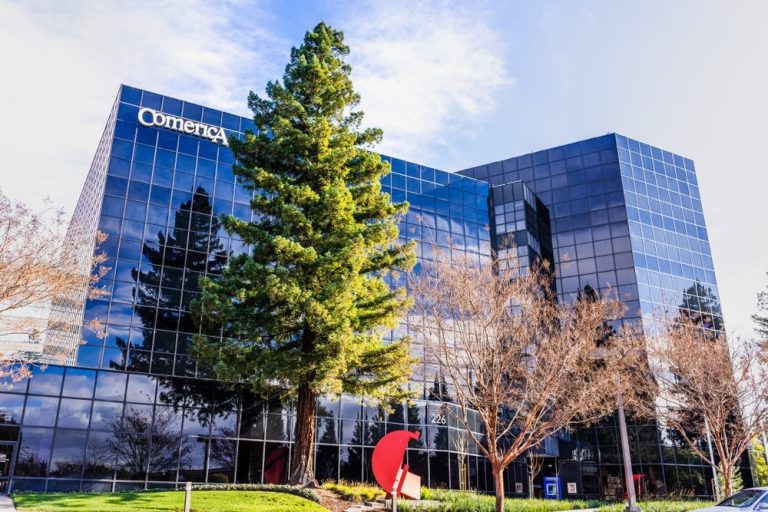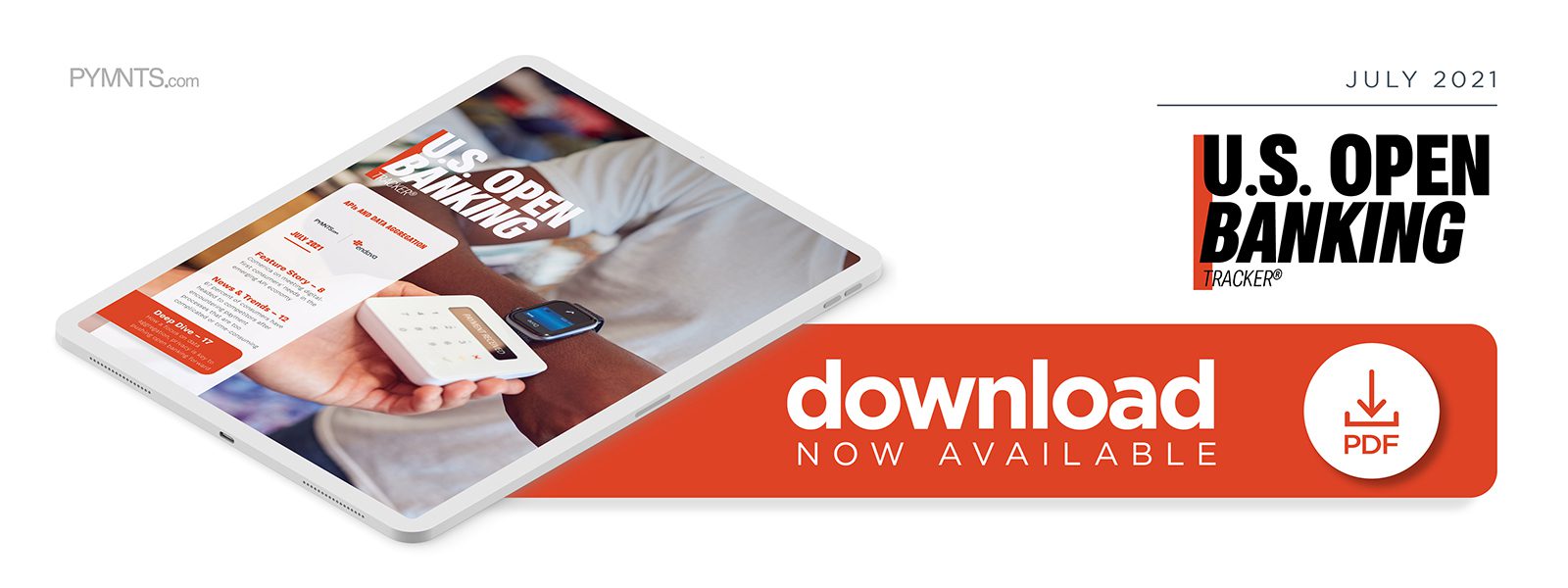Comerica On Meeting Digital-First Consumers’ Needs In The Emerging API Economy

With PYMNTS’ new U.S. Open Banking Tracker showing 40 percent of consumers saying they’re increasingly concerned about what happens with their personal information, it’s no surprise that bankers like Comerica’s Megan Crespi say that engagement and loyalty won’t grow until these concerns are addressed.
Interest in open banking has progressed rapidly in the U.S. over the past year as consumers, businesses, financial institutions (FIs) and regulators adjust to the emerging digital-first financial ecosystem.
The pandemic’s onset even forced consumers who were wary of digital shopping or banking to shift these activities online, and digital shifters are now beginning to express new online data sharing and privacy preferences. The rush to digital adoption has created an ecosystem in which banks, FinTechs and other providers must work closely together to meet users’ needs, said Megan Crespi, executive vice president and chief operations and technology officer at FI Comerica.
“We have started to [talk about] the 21st-century consumer rather than just … the emerging digital native, [who is] no doubt participating in our economy in a much different way,” Crespi said. “From our perspective, [that has] meant ensuring that we can meet customers where they are, both with our own native capabilities [that we offer] them to access their money [and] transact [and by] participating in the ecosystem, [which involves the] set of capabilities and conveniences that customers have come to expect. [The] ‘Amazoning,’ if you will, of customer expectations — [that services be] easy-to-use, quick, high-quality — [has] led to this ecosystem effect where you aim [not only] to provide capabilities directly but also to participate with FinTechs and others in the ecosystem to the benefit of your customers and at their choosing.”
Collaboration of this type is becoming key to keeping consumers’ trust as well as enabling the speedy and seamless payment or shopping experiences they now anticipate when interacting with merchants or banks online. This means that implementing easy ways to share data among entities is essential — in other words, that adopting open banking is quickly becoming a competitive necessity for FIs, businesses and other digital-banking participants.
Shaping The API Economy
Coordinating close partnerships with other entities online requires the use of application programming interfaces (APIs), which can seamlessly send higher volumes of data between different banks or companies. This enables these companies to offer consumers the swift experiences they are now expecting. Sending data via APIs allows consumers to bypass logging in to several different financial service or payment apps to check up on their financials or make purchases, for example, Crespi explained.
“Really, what we are talking about is the API economy: This idea that, at the customer’s request and with their opt-in, certain data can be shared and made available to be consumed by any number of these payment [or] aggregator capabilities,” she said, pointing to financial account aggregator app Mint as a quintessential example. “With open banking and having an API, … customers do not have that burden [of sharing passwords]. They have to really decide who to share [data] with and that they are comfortable with the sharing, and that is done by virtue of the API integration. So that has been a significant advance over the last handful of years, again aiming toward customer convenience while, at the same time, allowing for the integrations to work.”
Offering such features can provide tangible benefits both for consumers looking to do more of their shopping and interactions online and for businesses that are following suit. APIs and similar technologies make it much easier for merchants to accept more flexible methods of payment, helping them better engage with the growing collection of customers who are now digital first.
“I think [that], as customer transactions moved from the physical to the digital just so swiftly, payments had to follow suit, and so … customers began to take advantage of payment capabilities that their banks offered as well as [those] offered through their partners,” Crespi said. “We just need to ensure that we have the appropriate integration in place to enable the customer … to transact in the way they wish.”
Keeping abreast of what payment types or methods are growing more attractive to consumers is thus key for both banks and merchants, especially as open banking continues to expand in the U.S. and lawmakers place more scrutiny on how online data is collected and shared.
The Data Aggregation Element
The open banking ecosystem in the U.S. is still in its nascent stage, but like initiatives in the U.K. or the Nordic countries, its development could have a profound effect on the future of digital privacy and data sharing. U.S. regulators are still crafting standards for how businesses and banks can collect and store personal data, but analyzing how this data aggregation will eventually work is critical for all entities wishing to participate in the up-and-coming open banking world.
“There continues to be … emerging regulatory guidance, all with the goal in mind of ensuring that customer data is protected, and we are all in agreement that [this] is the best and highest [approach],” Crespi said. “[How] that will translate into … technology requirements and how we work together in the ecosystem will continue to be worked through in the months and years ahead. But the goal is really to ensure that … the needs of the customer are being addressed.”
Exploring exactly how consumers’ needs and perceptions of online data security and privacy will shift over these next few years is imperative for merchants and banks to stay competitive as banking and payments move online. Both groups must prepare accordingly.
